
Are you craving a memorable vacation that caters to the entire family’s interests, from leisure to education? Look no further than these incredible travel destinations for kids and adults both that promise an enriching experience. In this comprehensive guide, we’ll delve into the top travel destinations tailor-made for families, providing insights into each location’s unique offerings.
Family vacations are not just about relaxation; they are opportunities for learning, bonding, and creating lifelong memories. When traveling with kids, choosing the right destination is paramount. You want a place that balances fun, entertainment, and educational experiences. Fortunately, our world is brimming with such destinations.
1. Rome, Italy: Unveiling Ancient Wonders
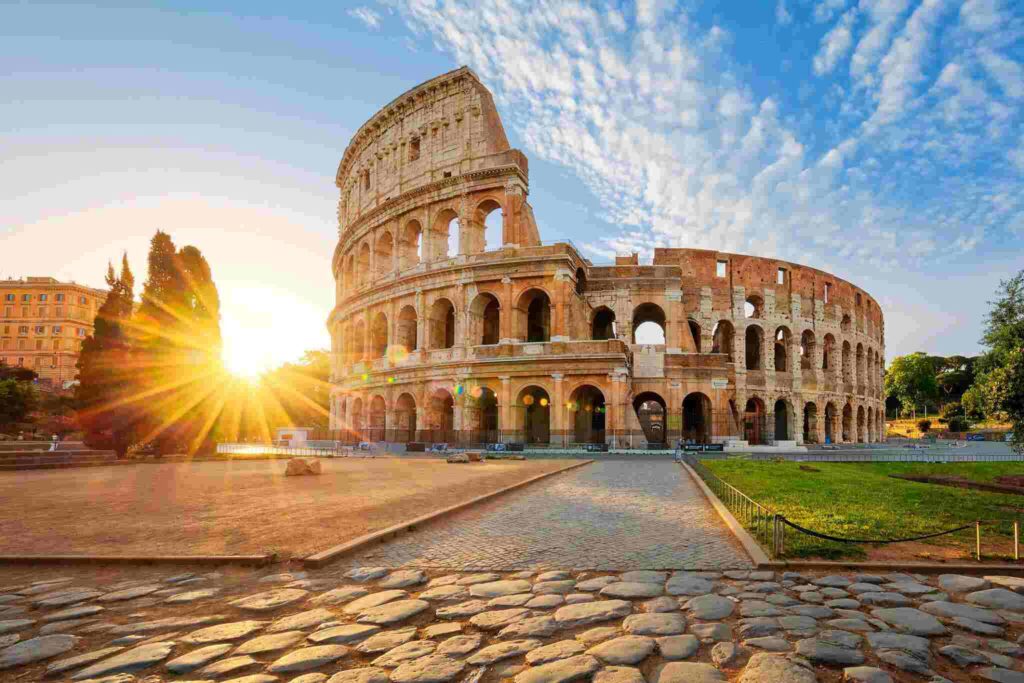
Rome, the eternal city, is a captivating destination where kids can step back in time and explore the grandeur of ancient civilizations. The Colosseum stands as an iconic testament to Roman engineering, while the Roman Forum provides a glimpse into daily life. Don’t miss a visit to Vatican City, where art and history collide.
2. Paris, France: A Blend of Magic and Culture
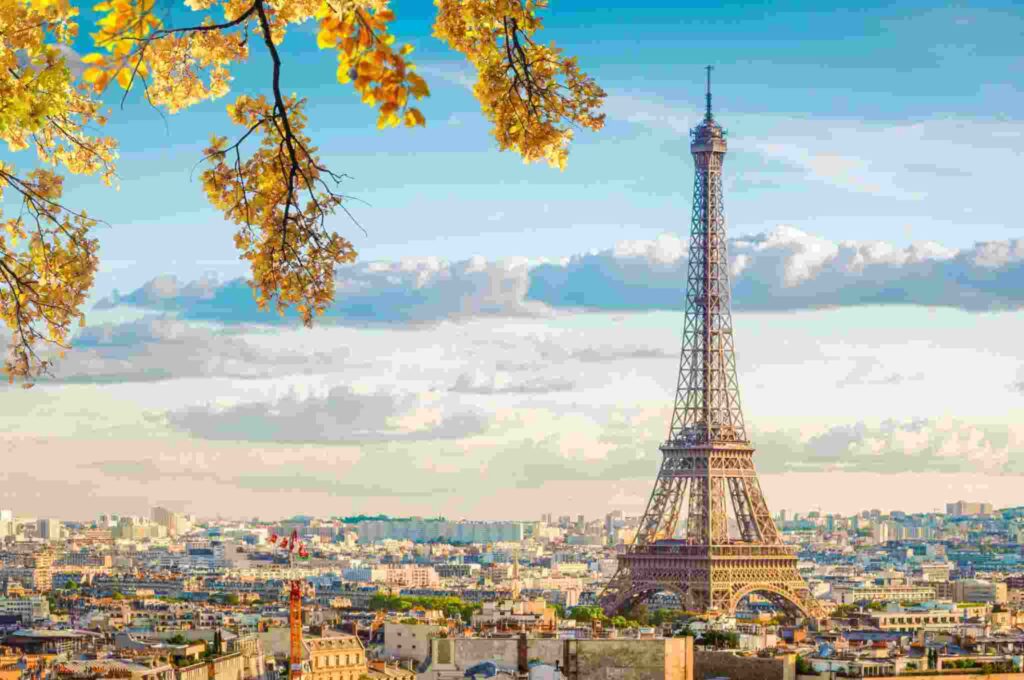
Paris, often called the City of Light, offers a magical experience for families. The Eiffel Tower is a must-see, providing panoramic views of the city. Explore the world-renowned Louvre Museum, home to the enigmatic Mona Lisa. Engage young minds at the interactive Cité des Enfants.
3. London, United Kingdom: Diving into History and Imagination
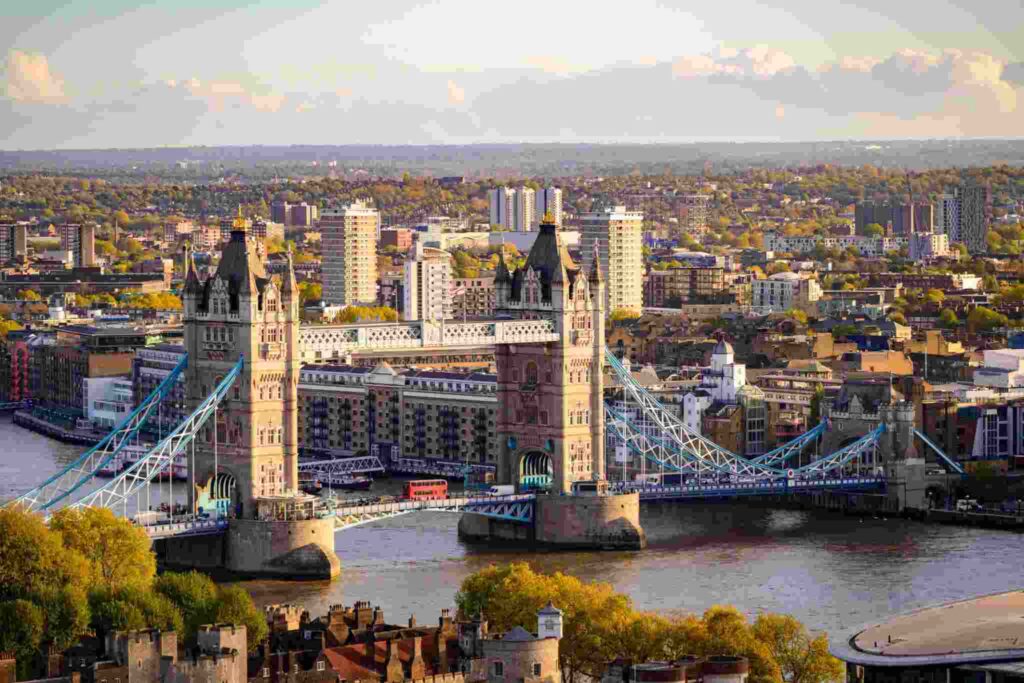
From the majestic Buckingham Palace to the mysterious Tower of London, London is a treasure trove of history. Unleash creativity at the Science Museum and discover prehistoric wonders at the Natural History Museum.
4. Tokyo, Japan: Futuristic Adventures and Cultural Delights
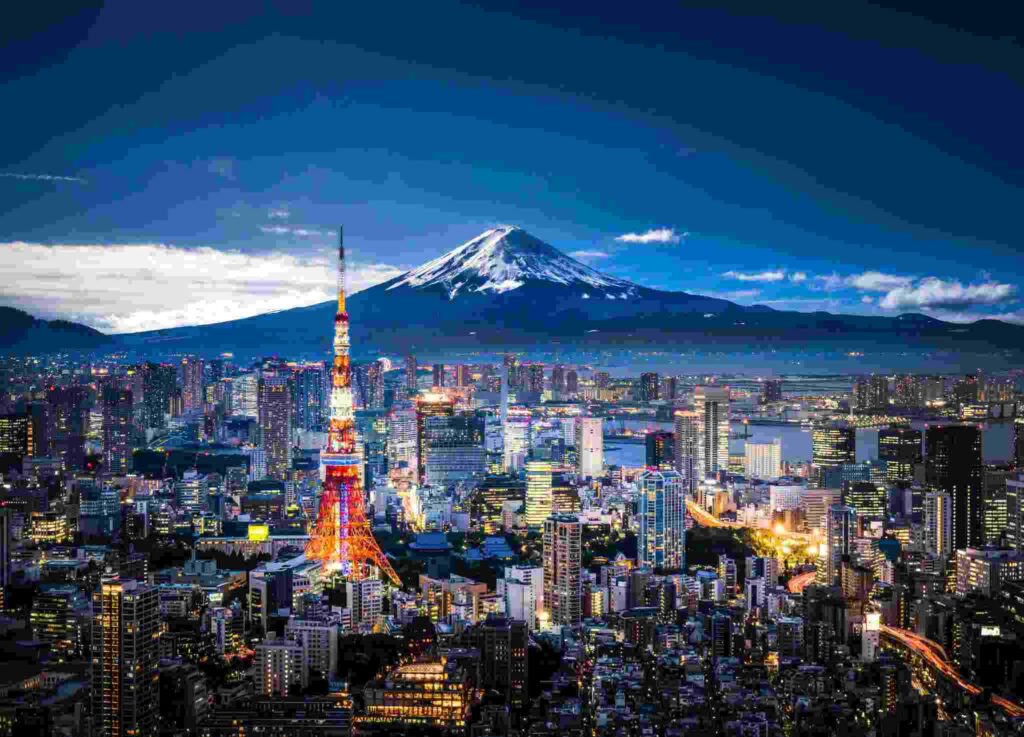
Tokyo’s dazzling blend of modernity and tradition is a treat for families. Experience the future at Disneyland Tokyo and immerse in science at the Miraikan. Dive into Japanese culture and anime phenomena.
5. Sydney, Australia: Where Nature and Adventure Meet

Sydney’s iconic Opera House and Harbour Bridge offer stunning views. Get up close with unique wildlife at the Taronga Zoo and explore marine life at the SEA LIFE Sydney Aquarium. Bondi Beach is perfect for family relaxation.
6. Cape Town, South Africa: Exploring Wildlife and Beyond
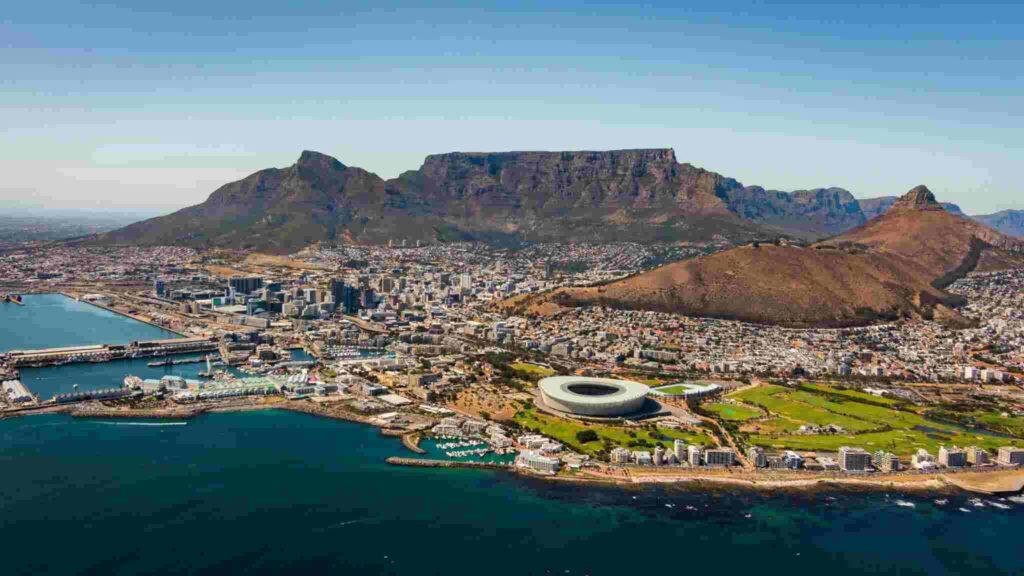
Cape Town boasts breathtaking natural beauty and diverse wildlife. Visit the Cape of Good Hope, ascend Table Mountain, and witness penguins at Boulders Beach. Kids can learn about ecosystems and conservation efforts.
7. San Francisco, USA: A Family Playground of Entertainment
San Francisco’s attractions cater to all ages. Visit Alcatraz Island for history, explore interactive exhibits at the Exploratorium, and indulge in family fun at Fisherman’s Wharf.
8. Singapore: A Fusion of Modernity and Nature
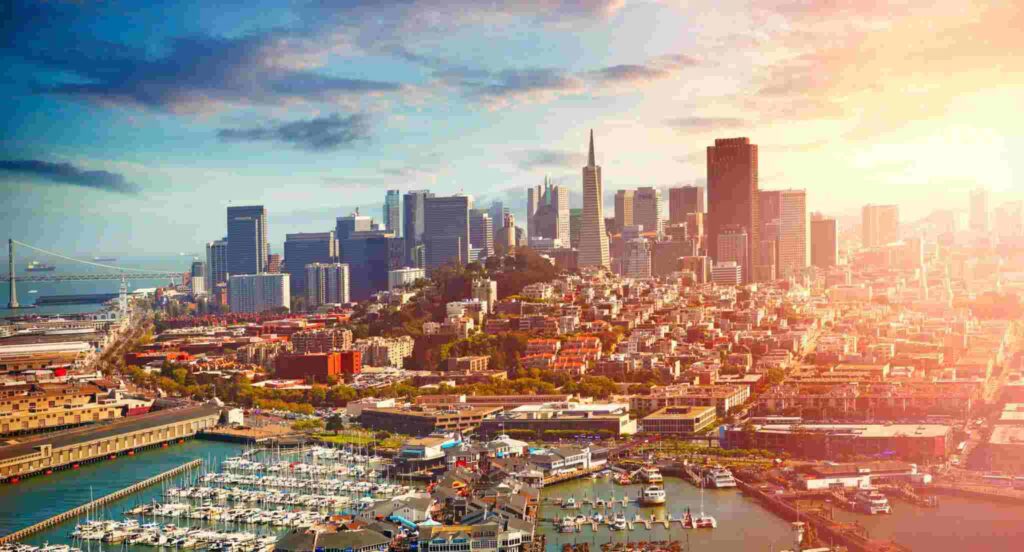
Singapore is a paradise of modern architecture and lush greenery. Witness the futuristic Gardens by the Bay, experience thrills at Universal Studios Singapore, and learn at the Art Science Museum.
9. Dubai, UAE: Where Dreams Turn into Reality
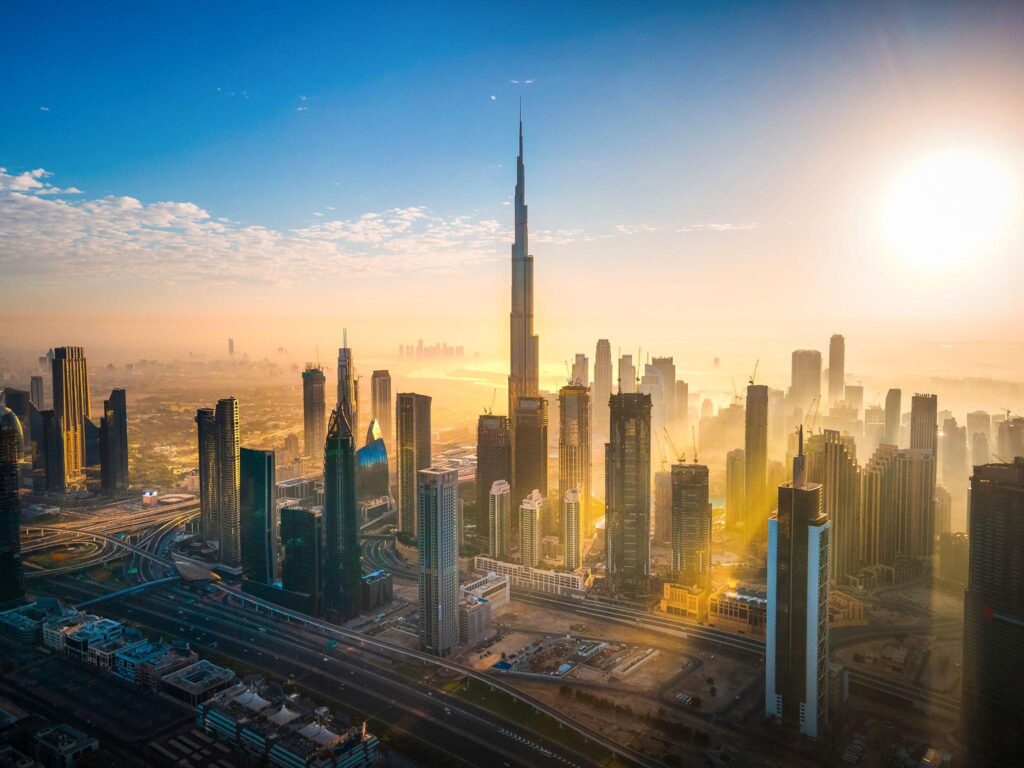
Dubai’s opulence offers unique experiences. Enjoy entertainment at Dubai Mall, ski indoors at Ski Dubai, and embark on a desert safari adventure. Discover a world of contrasts.
10. Auckland, New Zealand: Nature’s Playground and Maori Heritage
Auckland is a hub of natural wonders. From geothermal marvels in Rotorua to Maori culture, the city offers unique experiences. Don’t miss the panoramic views from the Sky Tower.
11. Quebec City, Canada: A Glimpse into Canadian History
Quebec City’s charming streets and historic sites provide a peek into Canada’s past. Explore Old Quebec, visit Montmorency Falls, and engage in thought-provoking exhibits at the Musée de la Civilization.
12. Bangkok, Thailand: Vibrant Culture and Ancient Grandeur
Bangkok’s vibrant street life and cultural sites offer a sensory experience. Visit the majestic Grand Palace, explore Dinosaur Planet, and cruise along the Chao Phraya River.
13. Machu Picchu, Peru: Embarking on an Ancient Expedition
A journey to Machu Picchu is an archaeological adventure for families. Explore the ancient Incan city, marvel at the architecture, and teach kids about history and preservation.
14. Seoul, South Korea: Tradition Meets Innovation
Seoul’s traditional palaces and modern attractions provide a dynamic family experience. Visit Lotte World Theme Park, explore history at Gyeongbokgung Palace, and engage at the Seoul Children’s Museum.
15. Hawaii, USA: Paradise of Sun, Sand, and Learning
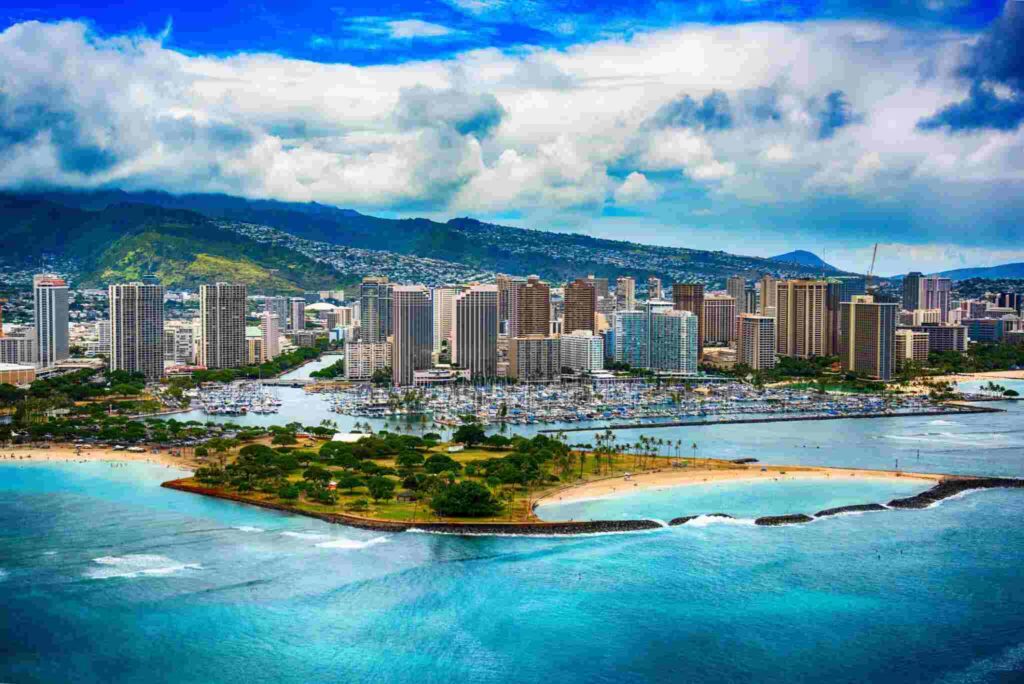
Hawaii’s idyllic beaches and volcanic landscapes create an outdoor classroom. Learn about marine life at Hawaiian aquariums, explore the volcanic wonders, and relax on pristine beaches.
16. Orlando, USA: Enchanting Theme Park Escapades
For families seeking magical moments, Orlando is a dream come true. With world-renowned theme parks like Walt Disney World and Universal Studios, children and adults alike can immerse themselves in enchanting worlds of fantasy and adventure. Meet beloved characters, ride exhilarating attractions, and create cherished memories.
17. Costa Rica: Nature’s Playground for Families
Costa Rica offers a paradise of biodiversity and eco-adventures. Explore lush rainforests, zip-line through the treetops, and discover hidden waterfalls. Connect with nature through thrilling activities while appreciating the importance of conservation and sustainable tourism.
18. Banff National Park, Canada: Majestic Wilderness Adventure
For families craving outdoor escapades, Banff National Park is a nature lover’s paradise. Immerse yourself in the stunning landscapes of the Canadian Rockies, from turquoise lakes to towering peaks. Enjoy family-friendly hikes, wildlife spotting, and the chance to witness the Northern Lights in winter.
19.Barcelona, Spain: A Mediterranean Family Fiesta
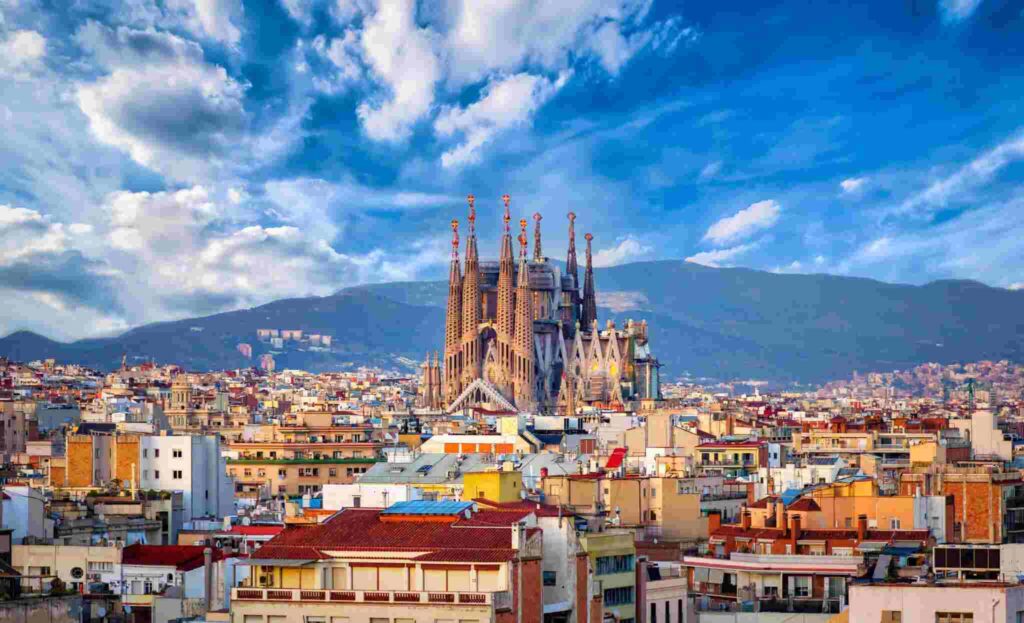
Barcelona’s vibrant culture, stunning architecture, and delectable cuisine make it an ideal destination for families. Explore the whimsical Park Güell, take a stroll down La Rambla, and indulge in mouthwatering tapas. Enjoy the city’s welcoming atmosphere as you soak in Mediterranean charm.
Conclusion
Family vacations are not just about relaxation; they are opportunities for learning, bonding, and creating lifelong memories. These carefully curated destinations offer a perfect blend of entertainment, leisure, and education for families.
Frequently Asked Questions (FAQs)
- What should I consider when choosing a family-friendly travel destination?
- When selecting a destination, consider the interests and ages of your kids, availability of family-friendly activities, safety, and accessibility.
- Are these destinations suitable for all age groups?
- Yes, these destinations offer a variety of activities catering to different age groups, ensuring an enjoyable experience for everyone.
- How can I make the most of our family vacation?
- Plan ahead, involve your kids in the itinerary, balance activities, and leave room for relaxation. Capture memories through photos and journals.
- What cultural sensitivities should I be aware of when traveling with kids?
- Research local customs and traditions to ensure respectful behavior. Teach your kids about cultural differences and encourage open-mindedness.
- How can I keep my kids engaged and learning during the trip?
- Engage in interactive activities, visit museums, historical sites, and wildlife centers, and encourage kids to ask questions and explore their surroundings.



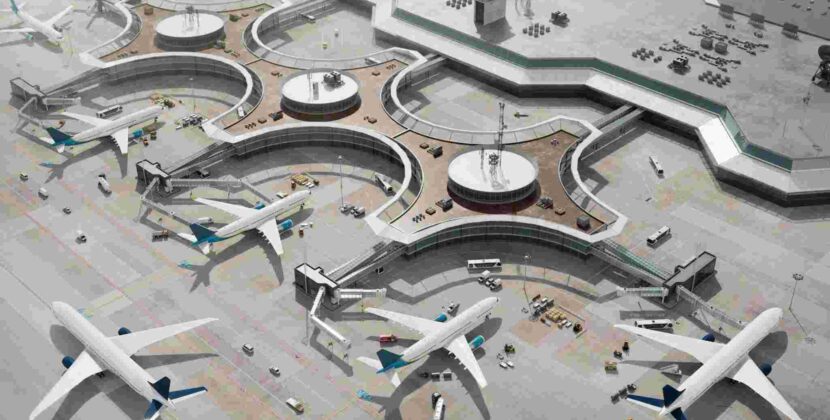








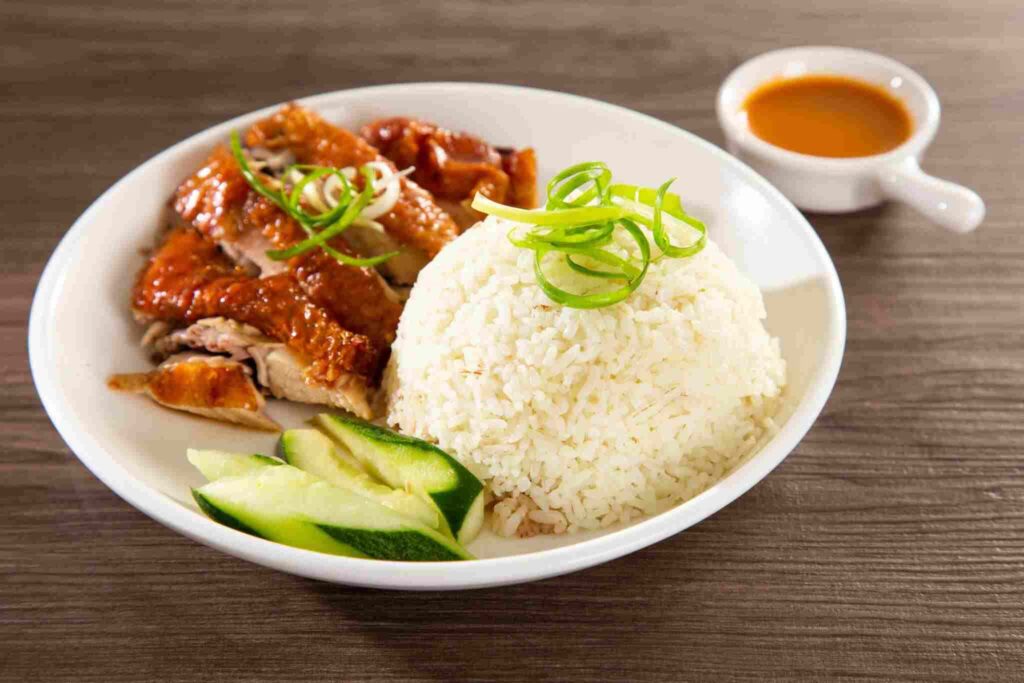



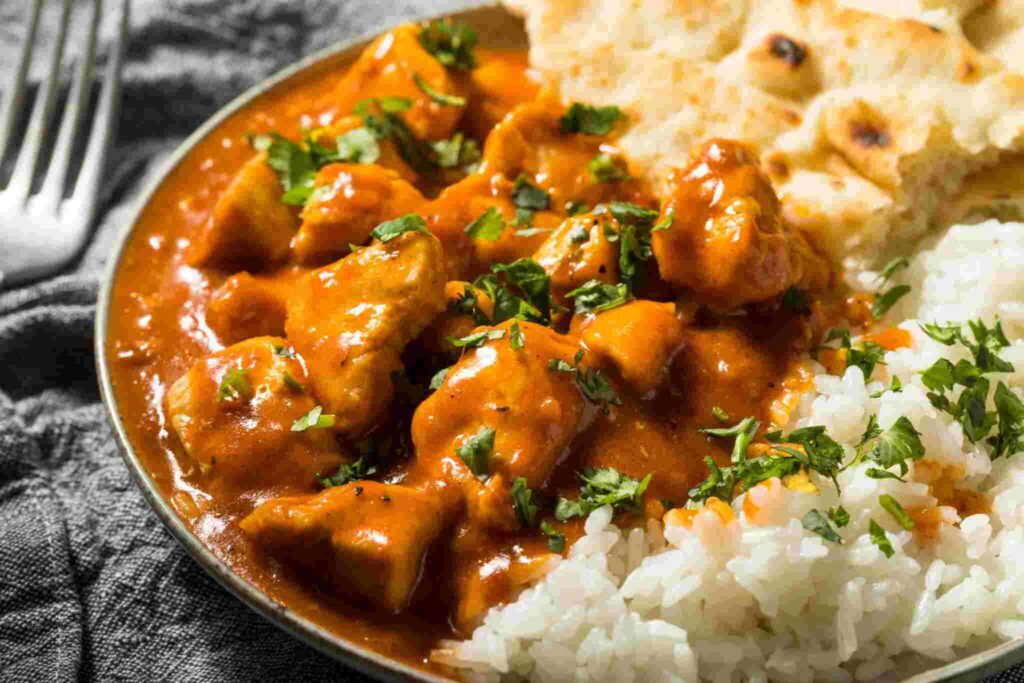
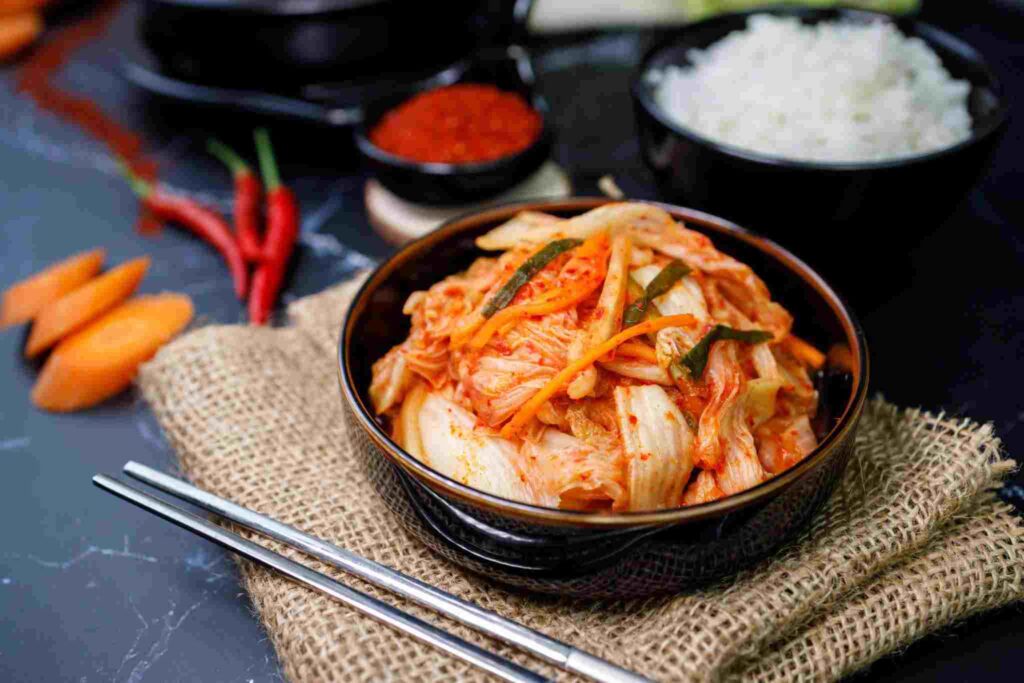
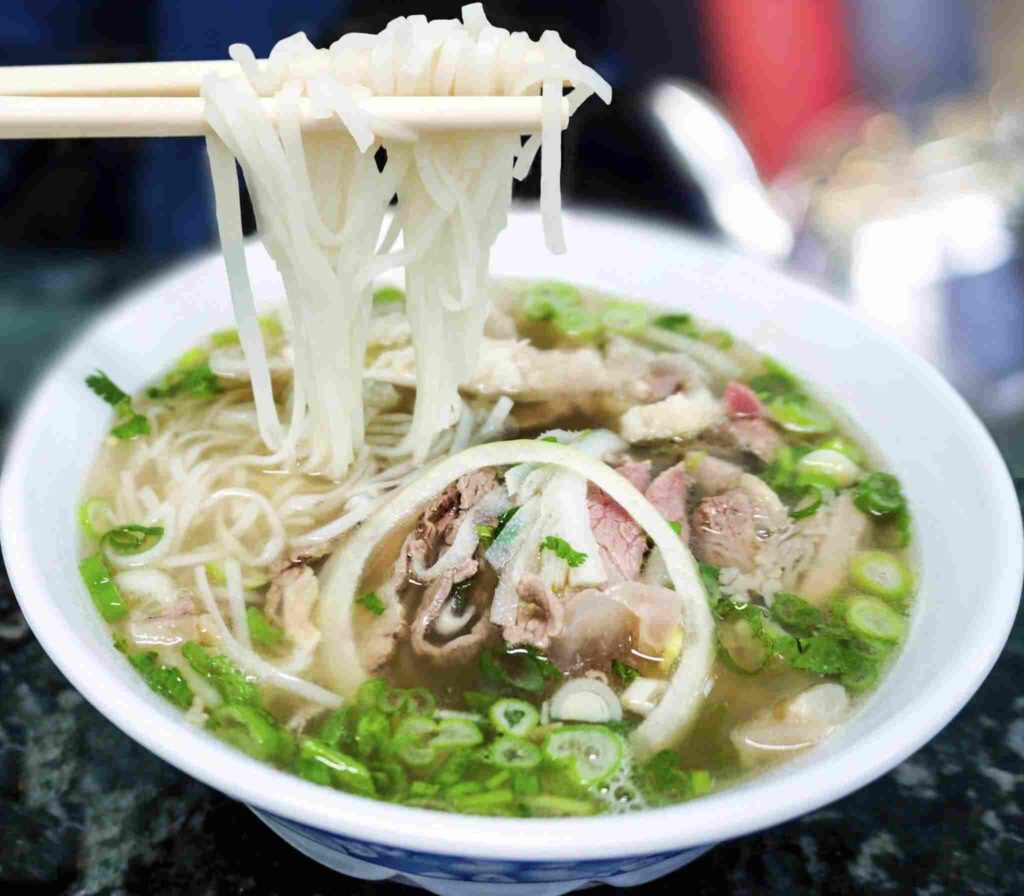
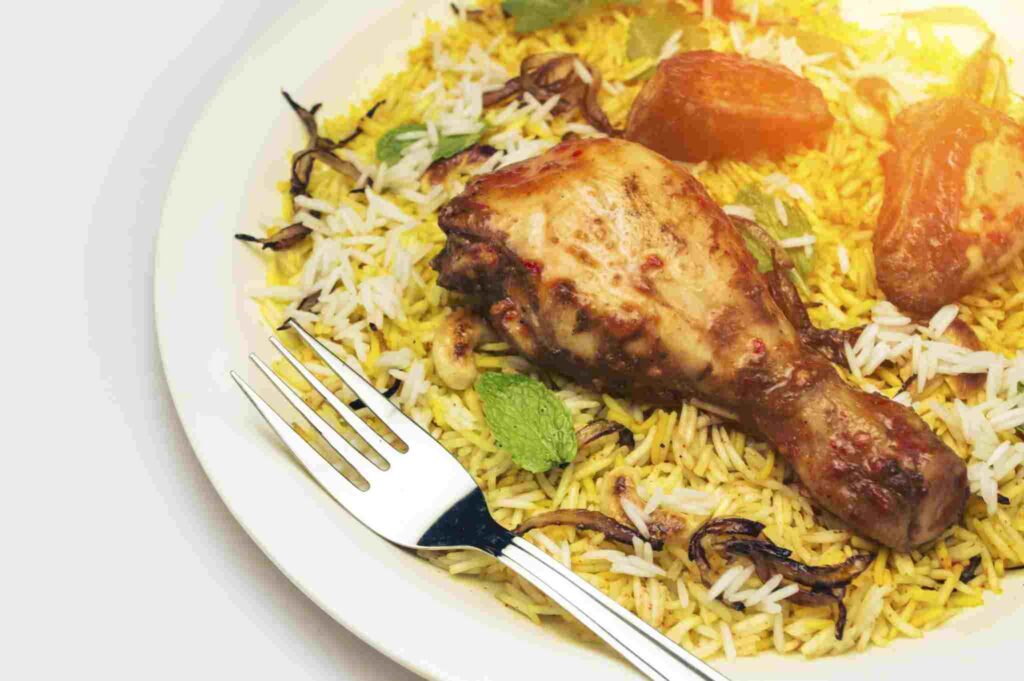
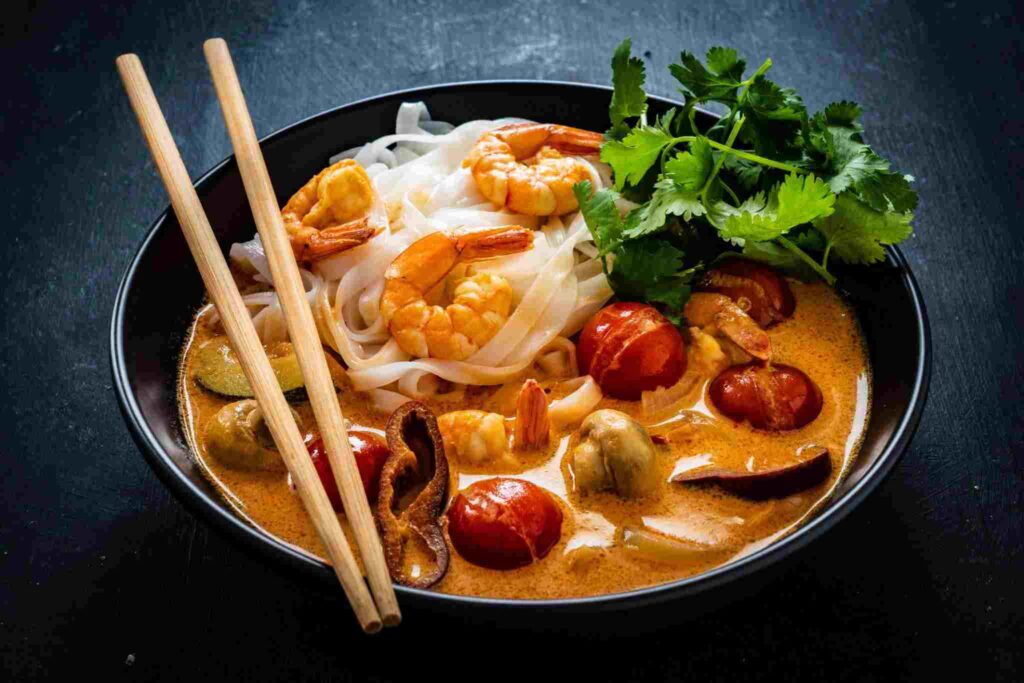


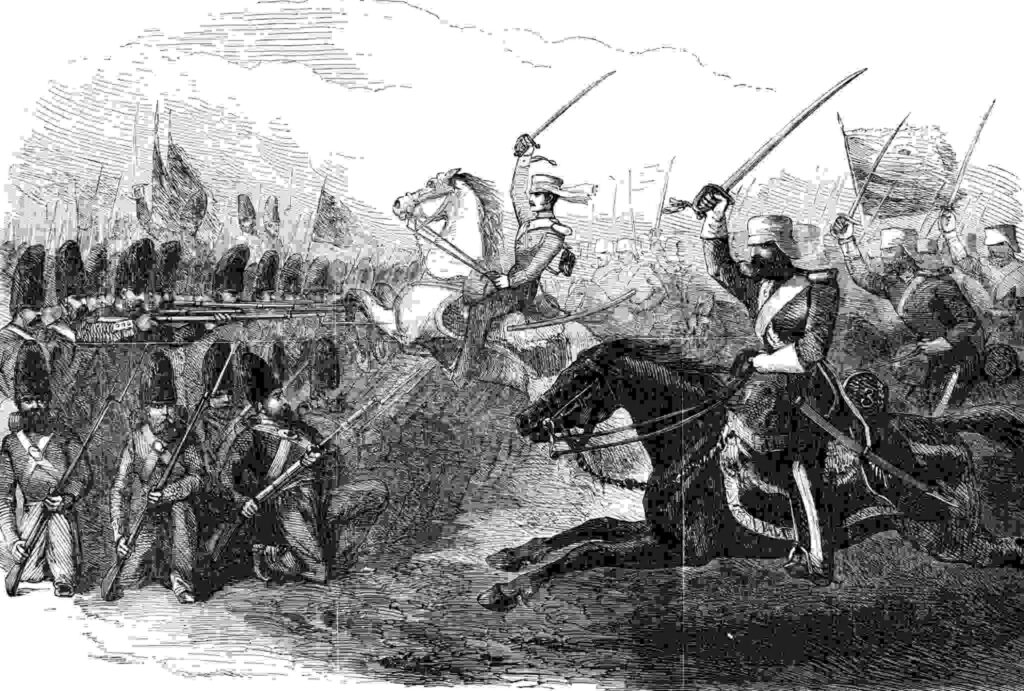
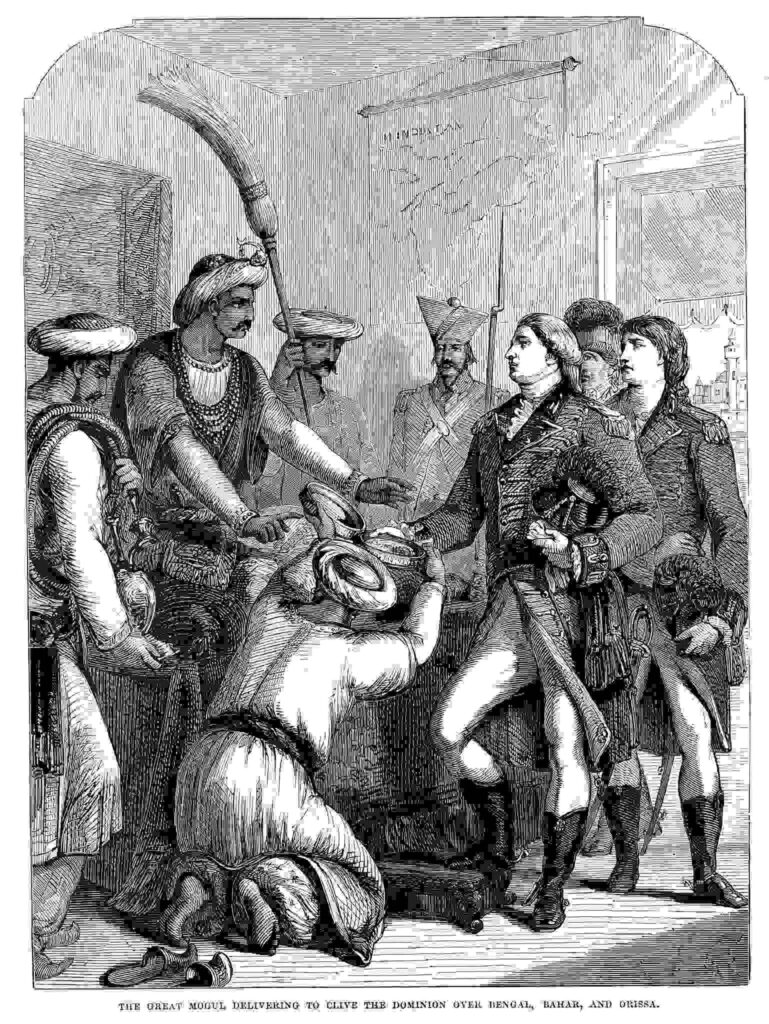

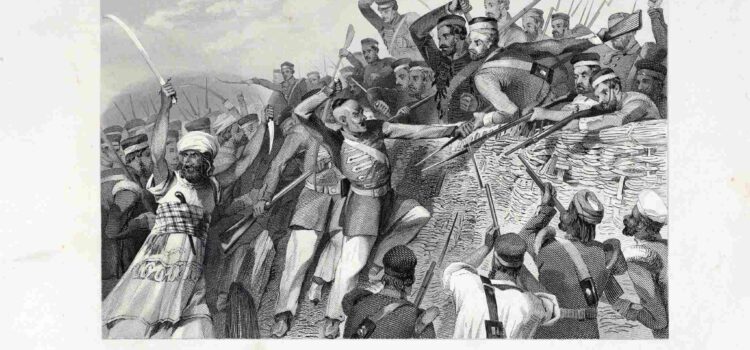
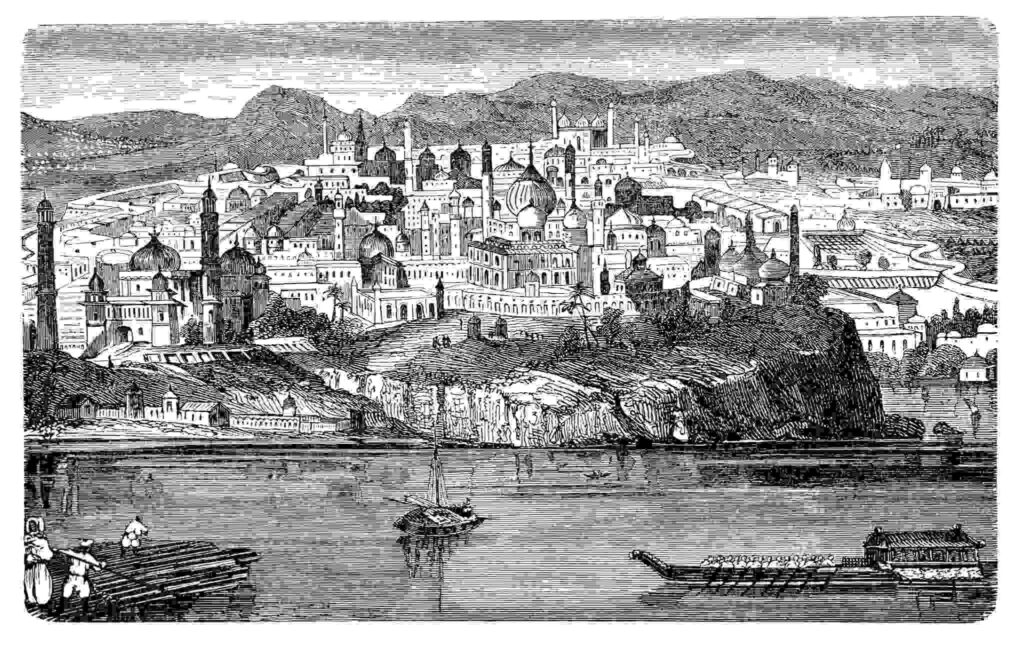
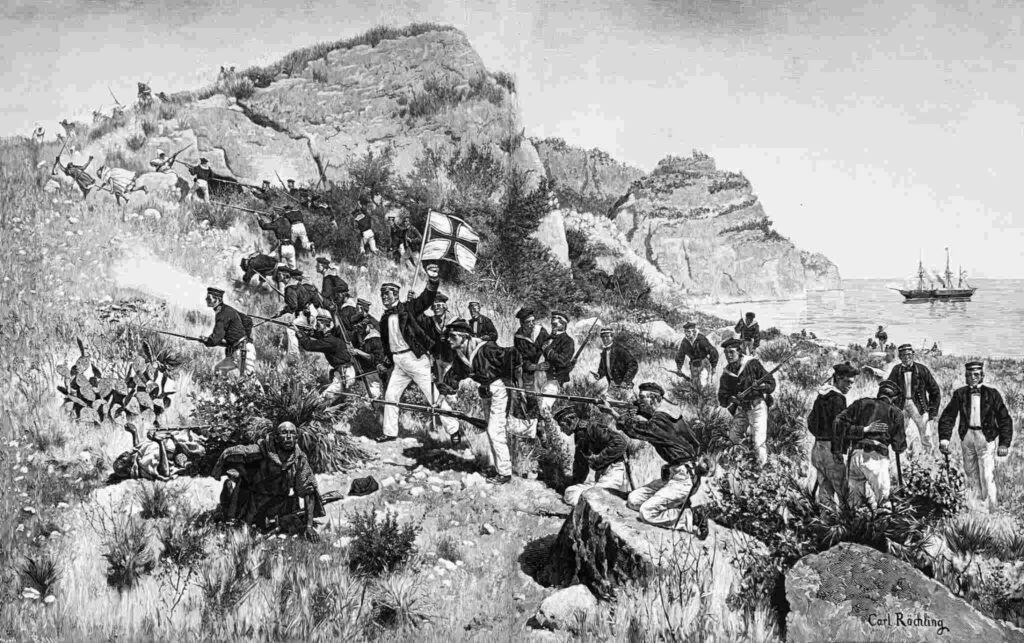
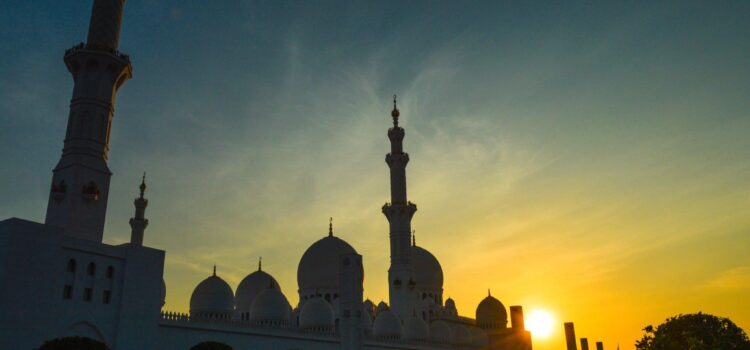
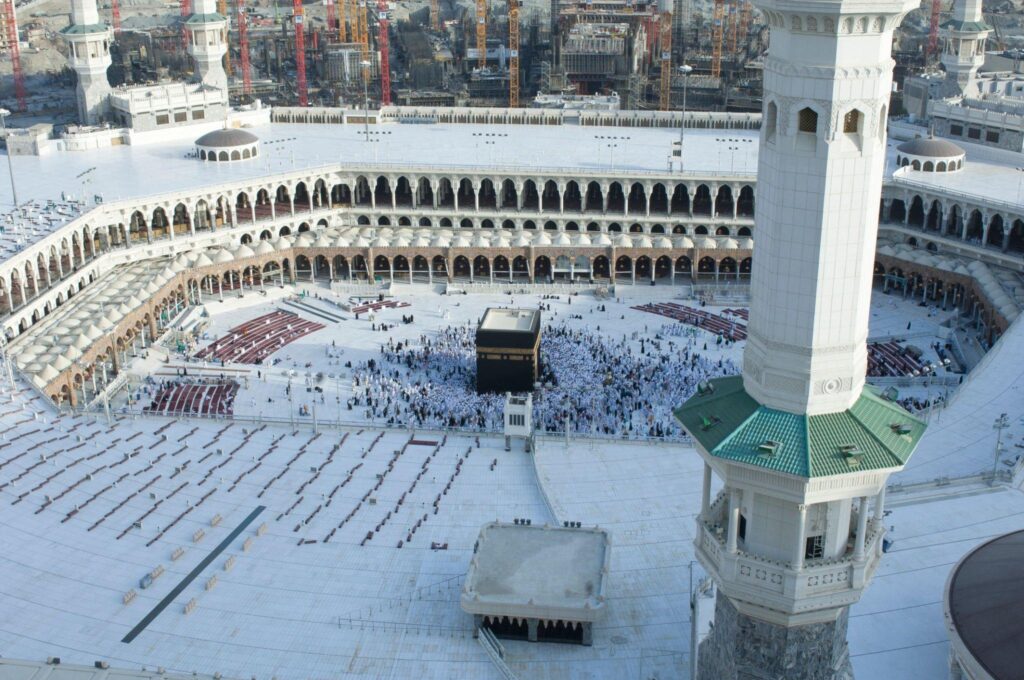
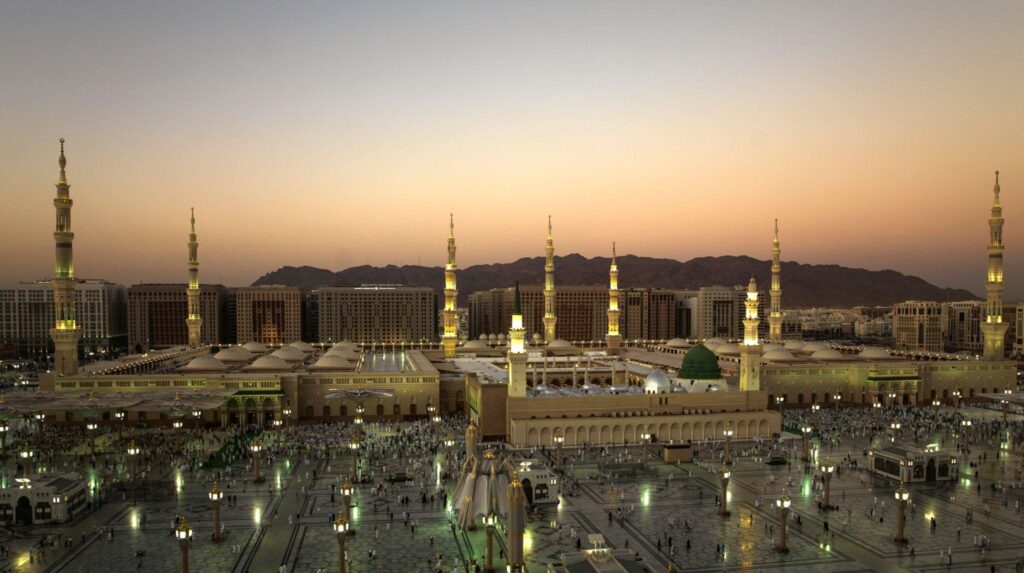
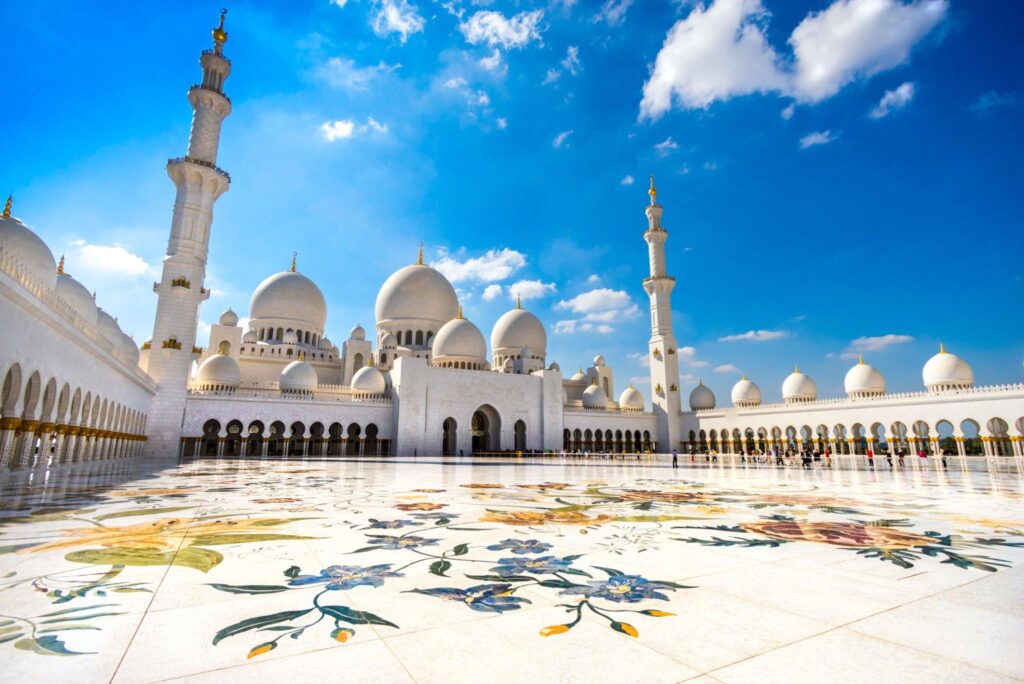
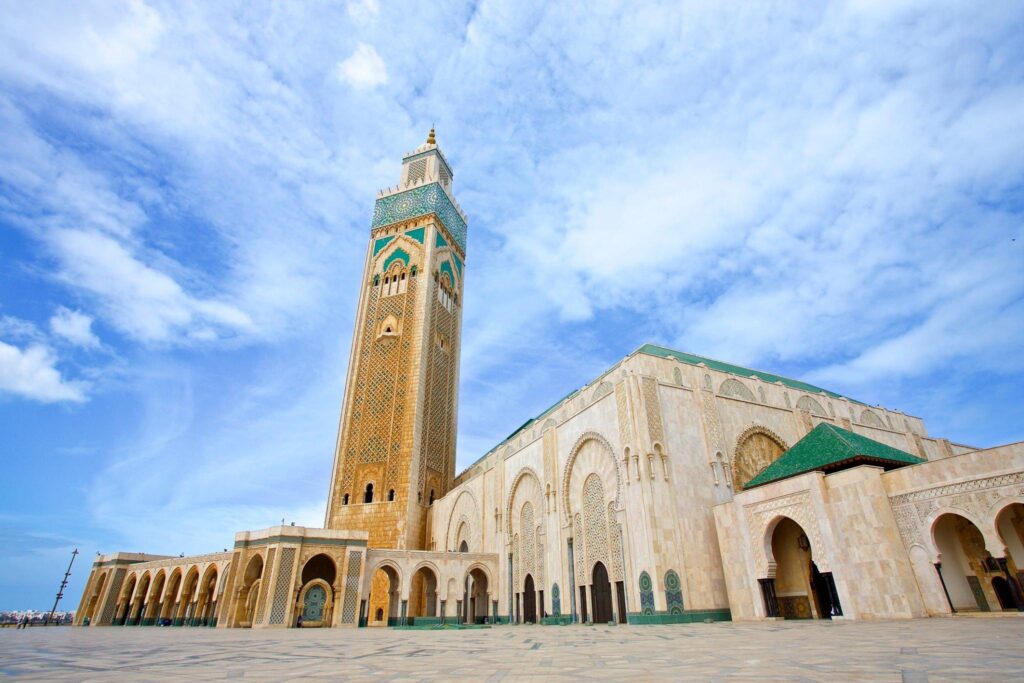
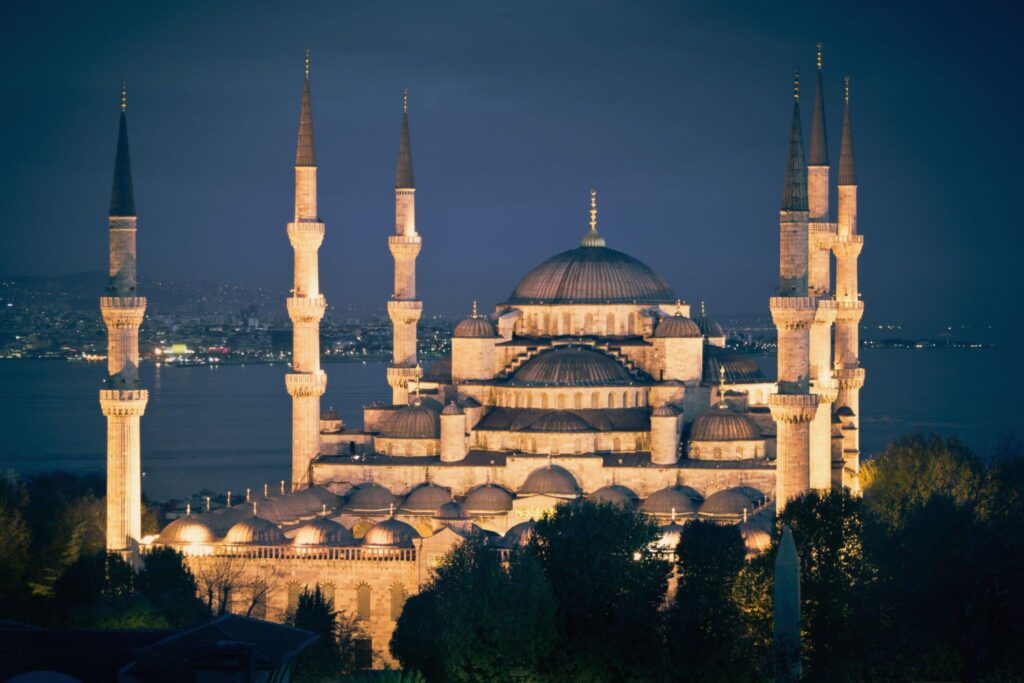
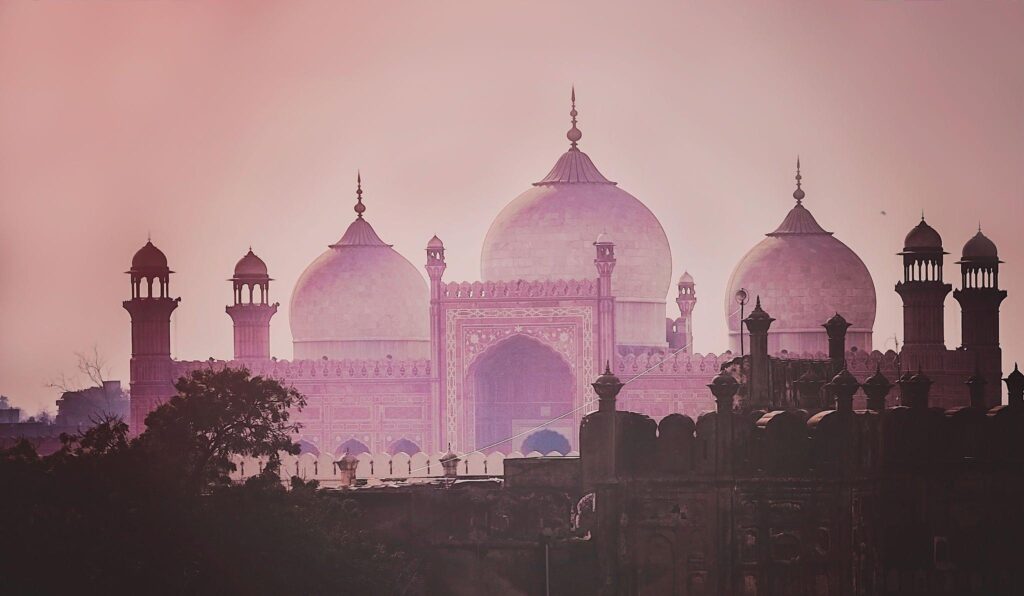
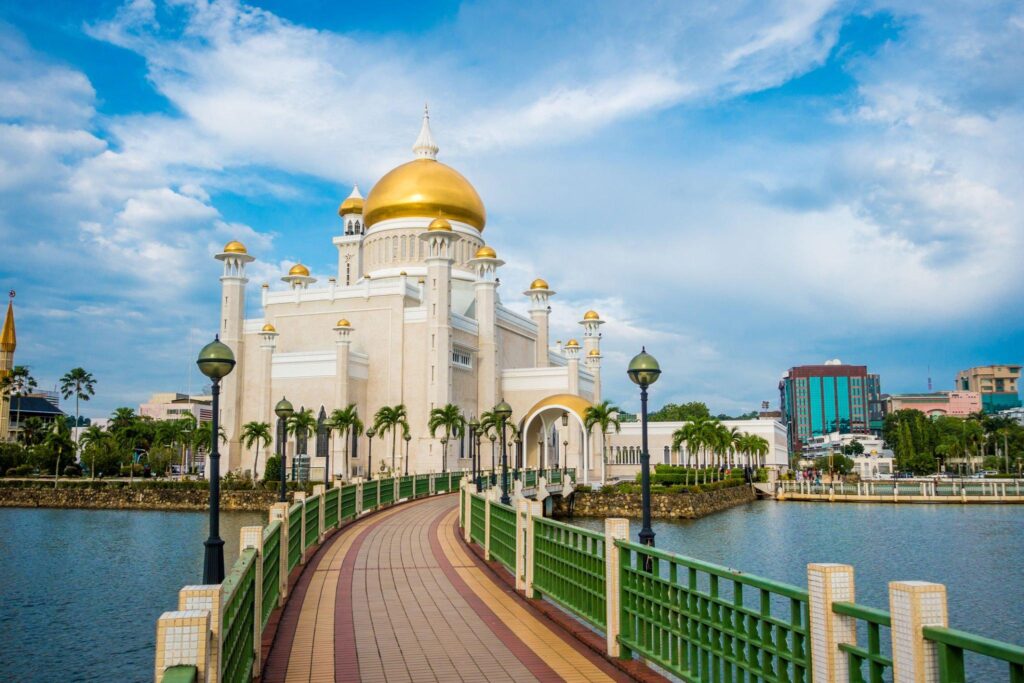
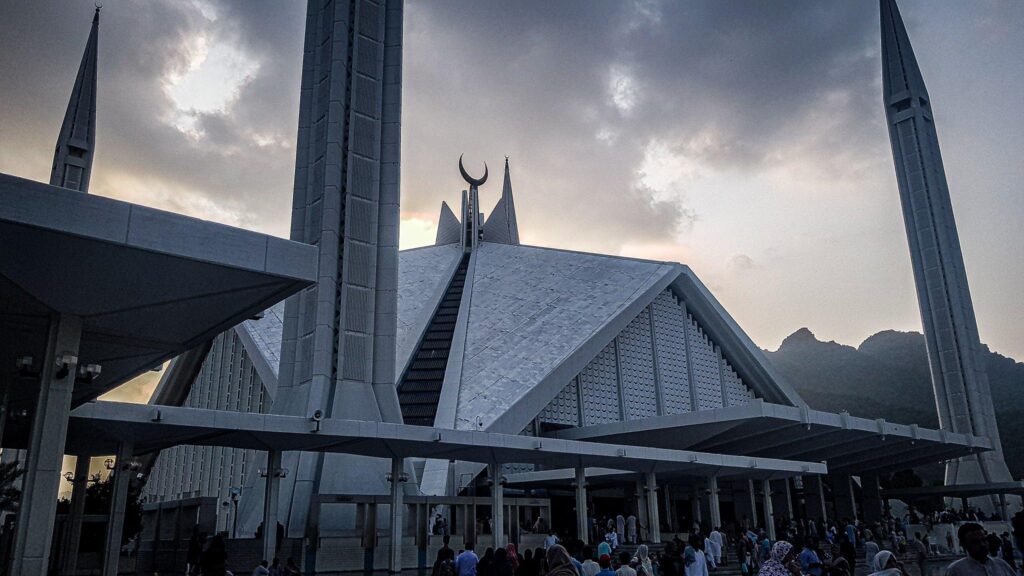
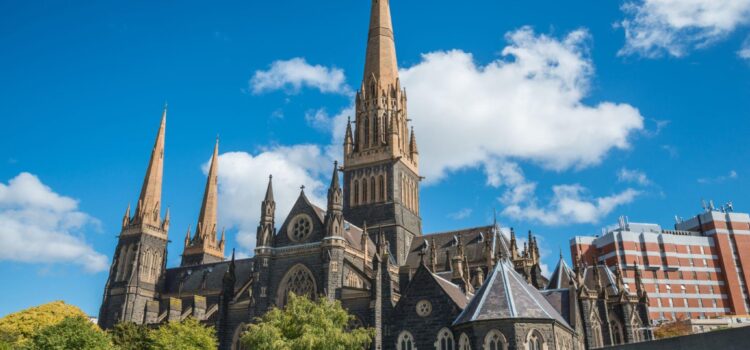
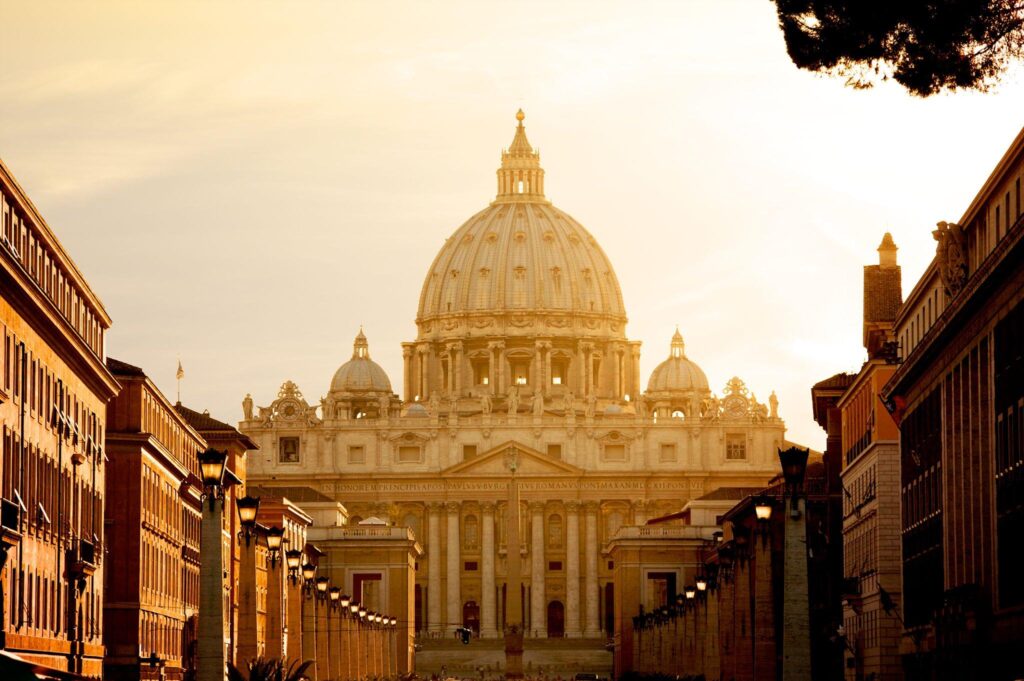
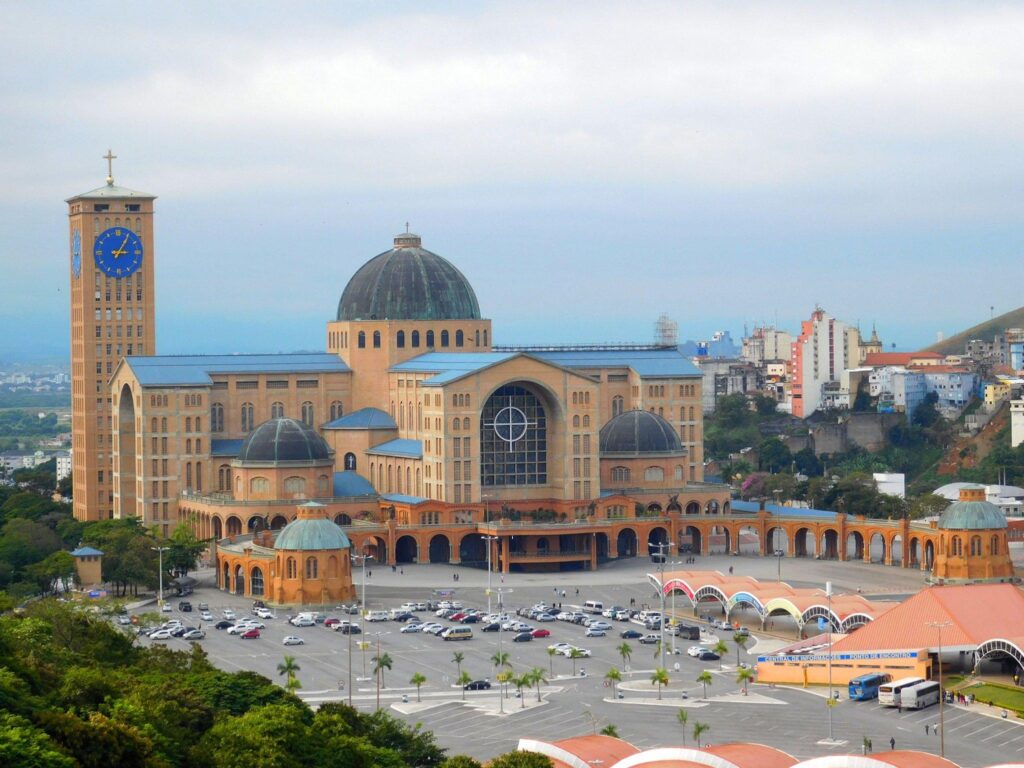
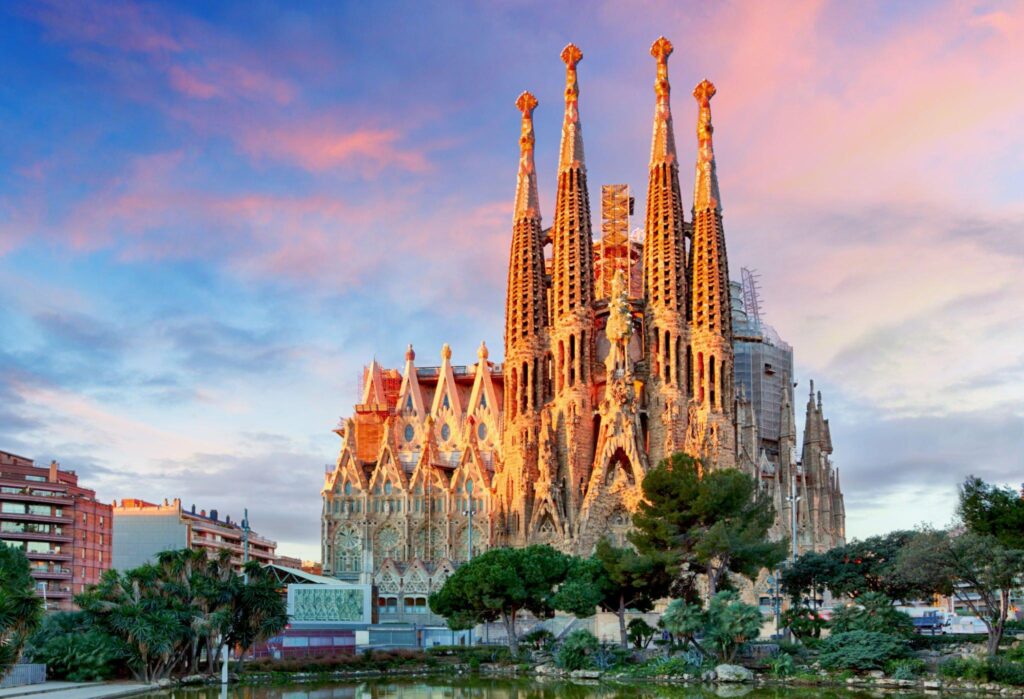
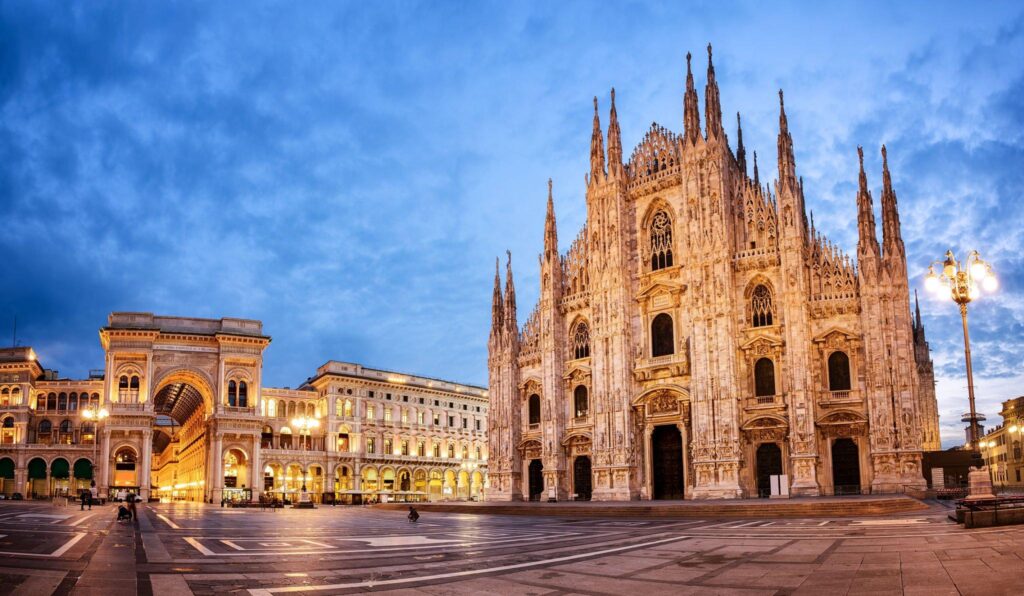
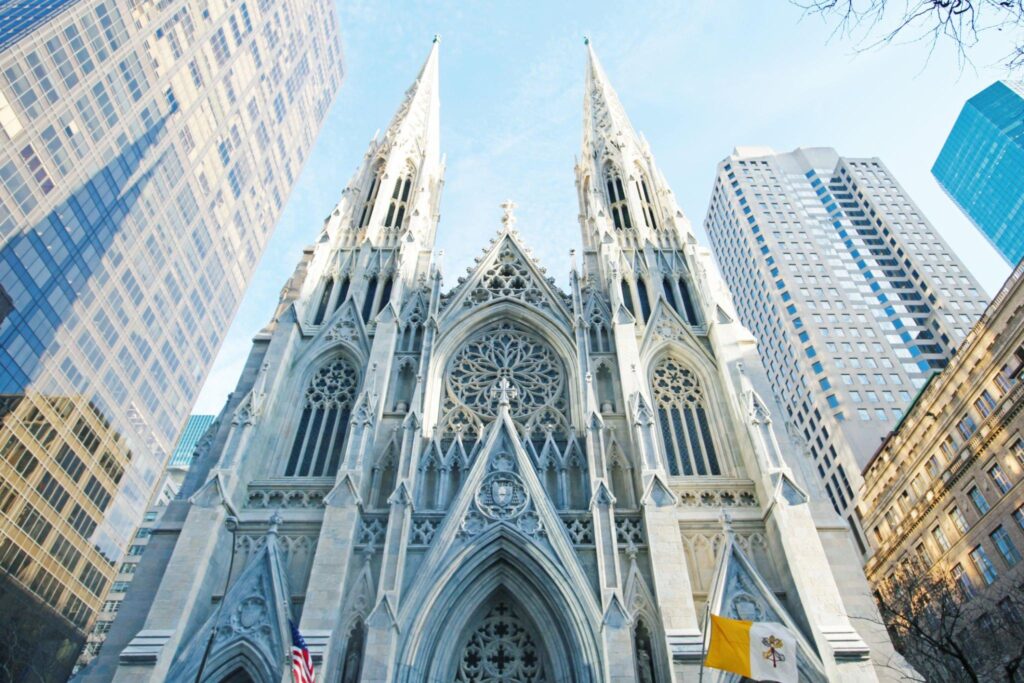
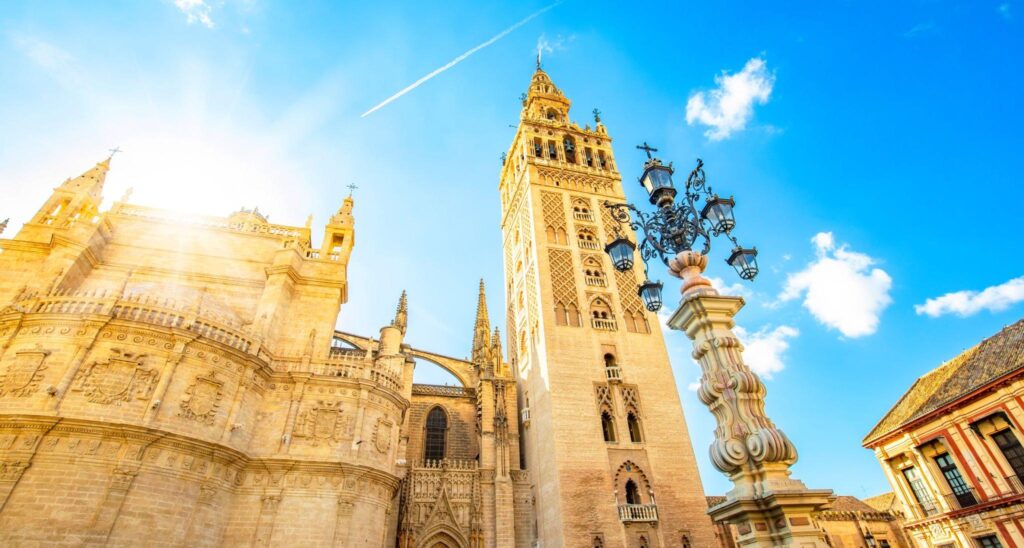
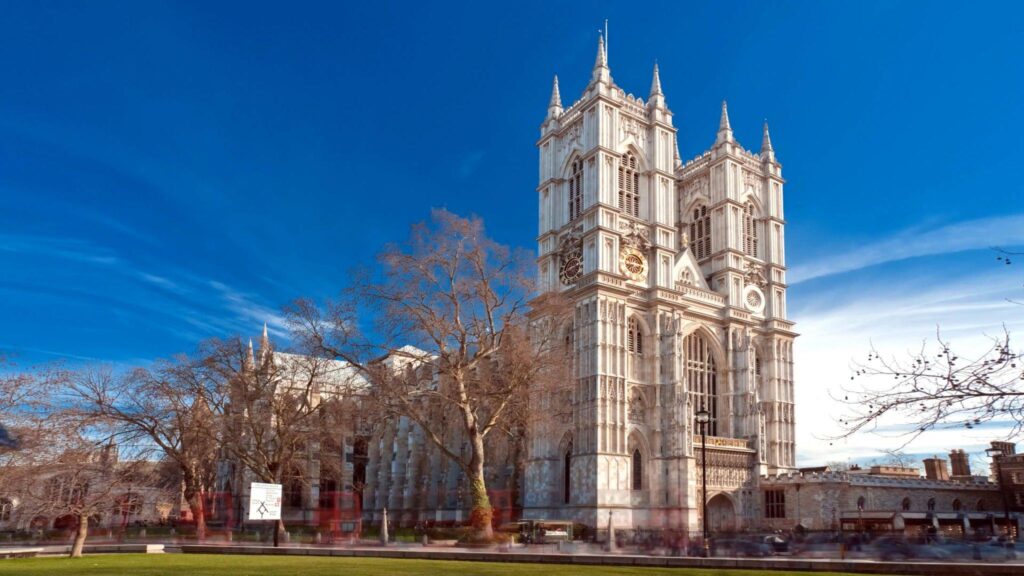








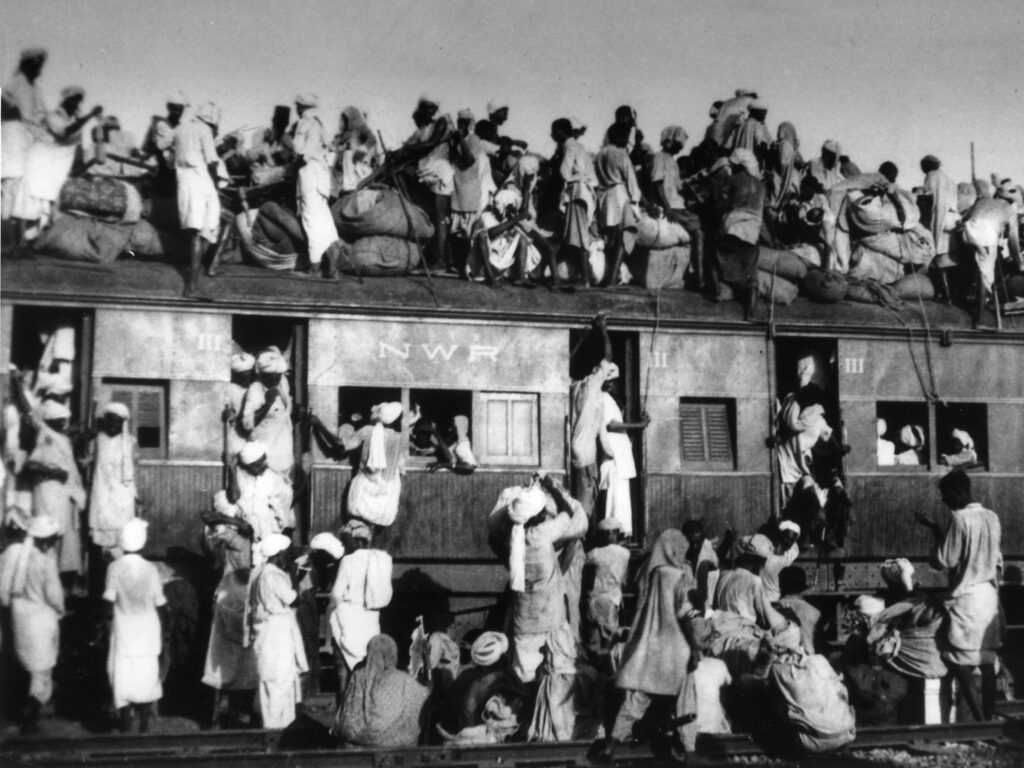
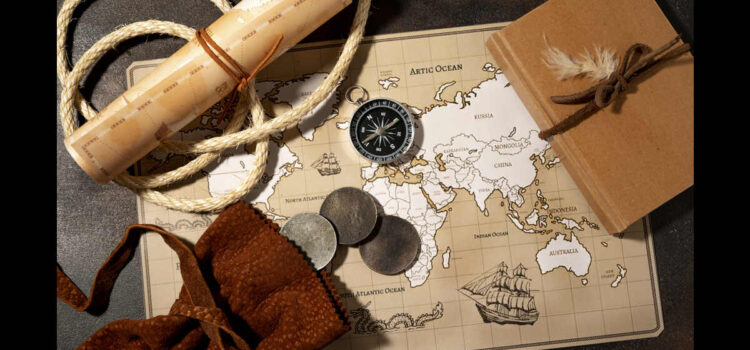
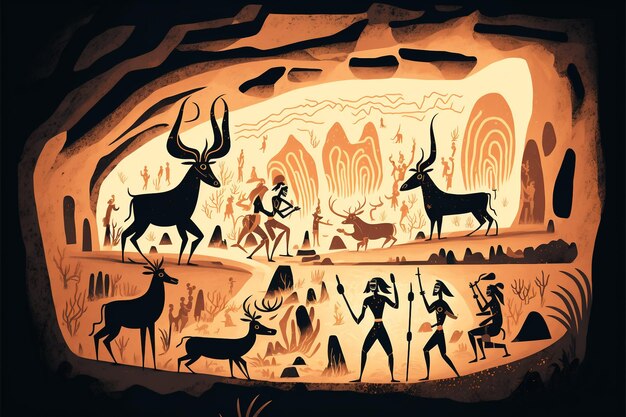
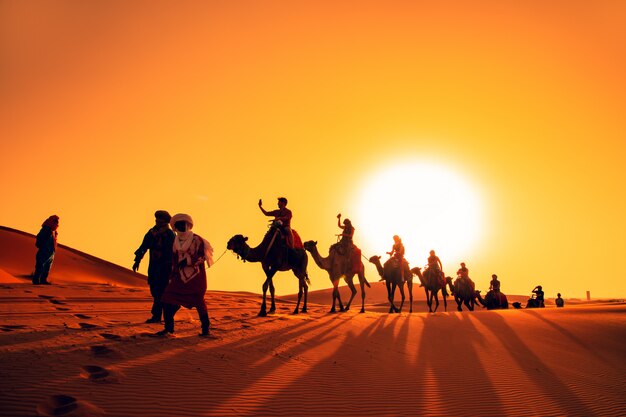

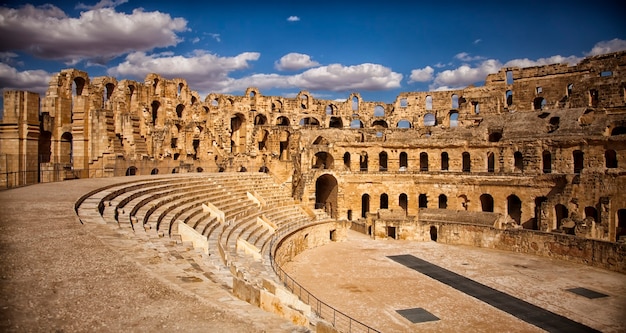


Comments
Here are 10 World’s Largest Cruise Ships
Here are 10 World’s Largest Cruise Ships
From Love to Longing: 10 Surprising Reasons of Marital Disconnection
Unveiling the Surprising facts about Zulfiqar Ali Bhutto
Unveiling the Surprising facts about Zulfiqar Ali Bhutto